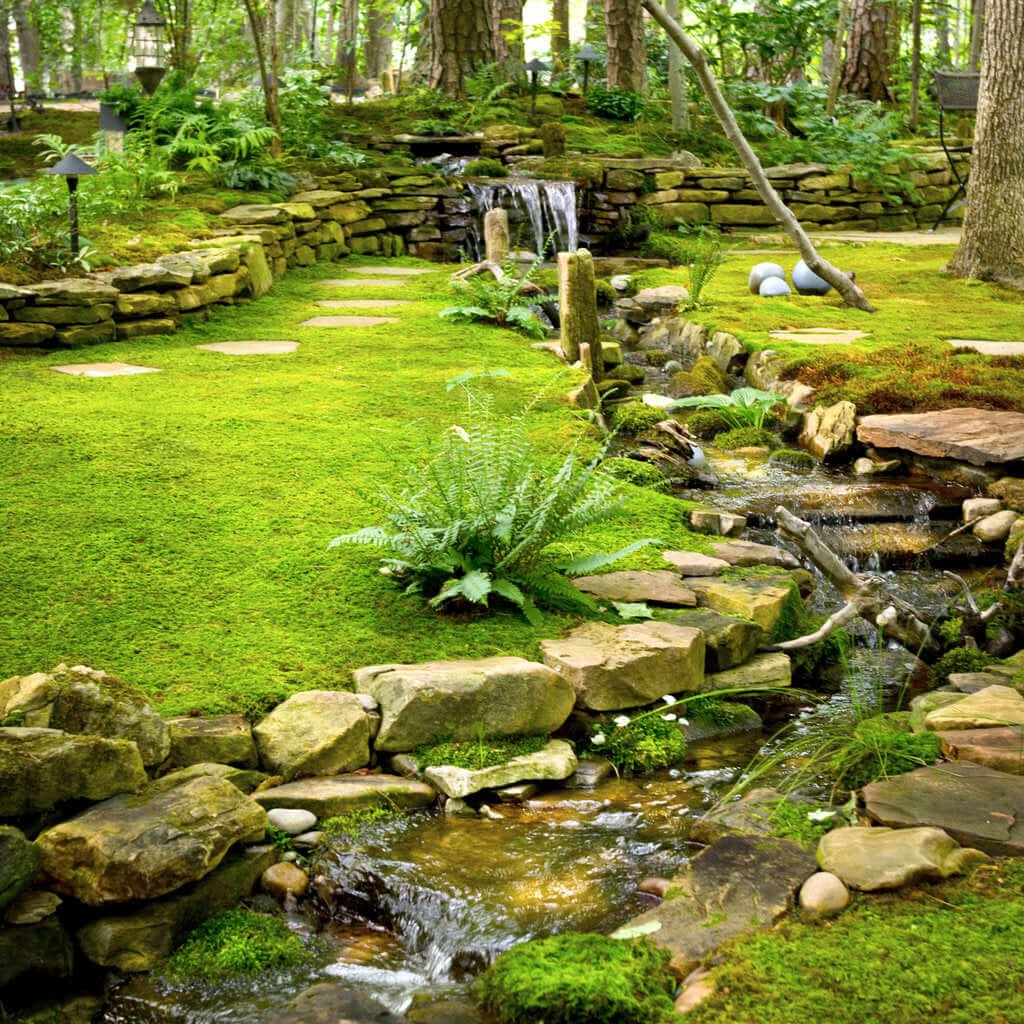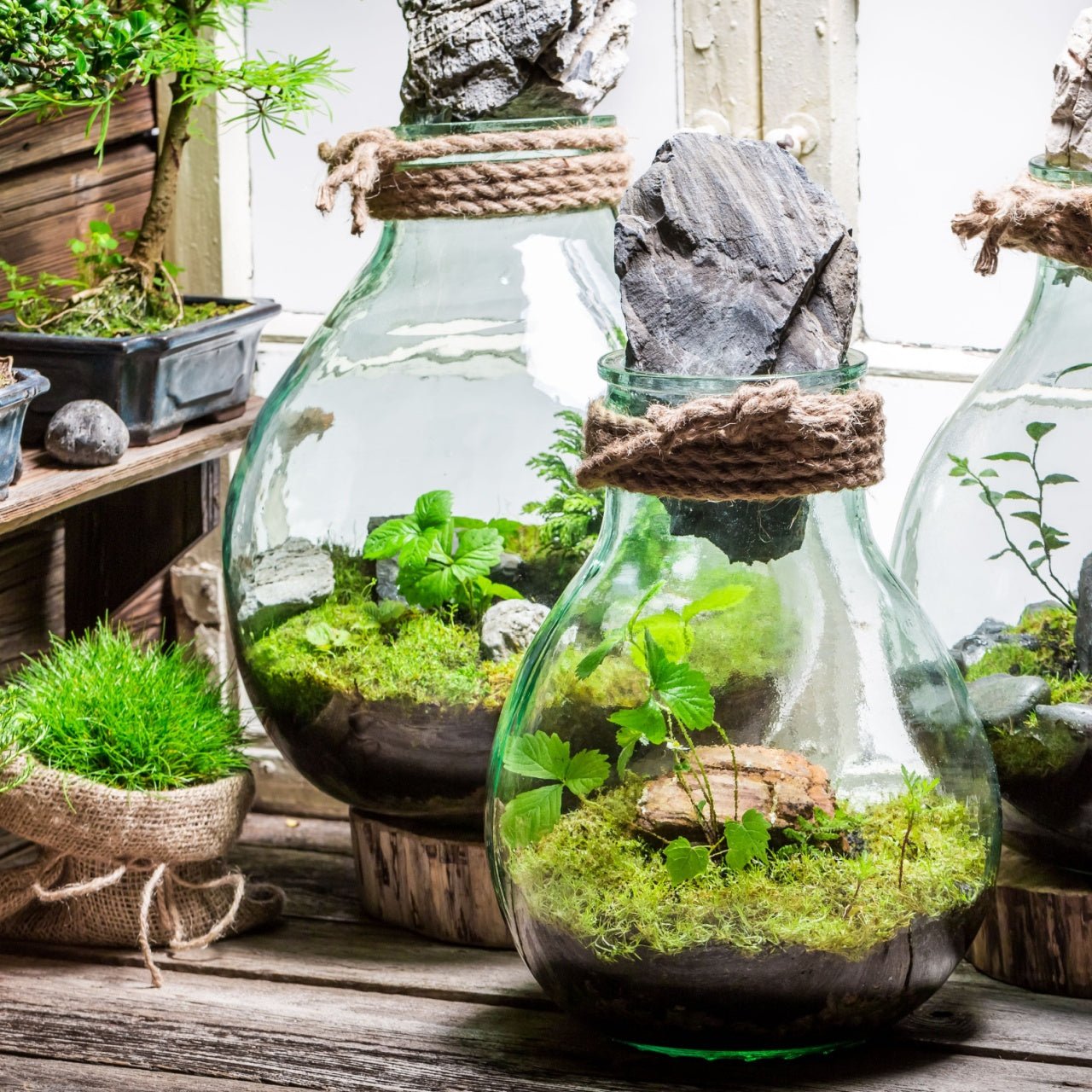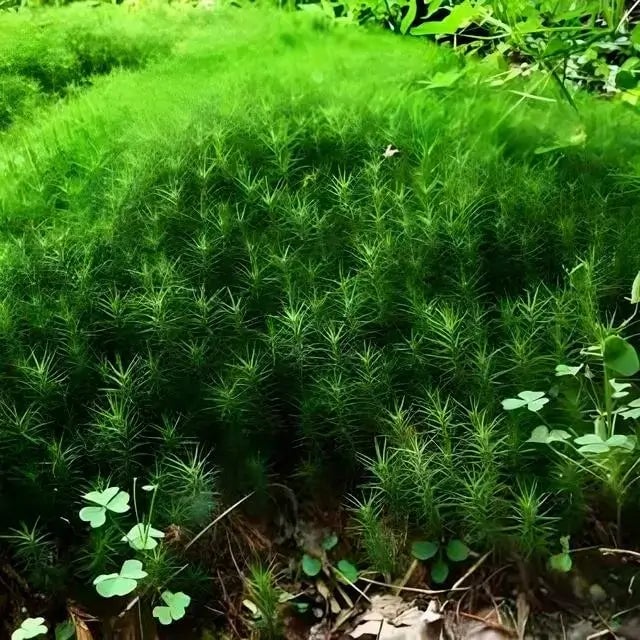Filters
Topiary Moss is often integral to artistic, whimsical, charming, and highly unique topiaries. You may see topiaries at museums, public gardens, theme parks, and other places where people gather to marvel at them. Some private homes even feature topiaries as a central aspect of their elegant landscaping.
At TN Nursery, we're proud to be a premium quality topiary moss supplier. Many renowned craftspeople rely on us for it to bring their visions to life.
The History Of Topiary Moss
Topiaries date back to ancient Rome, with the very first being described in written letters around 44 B.C. Those early topiaries were described as closely clipped greenery sculptures of animals, obelisks, and even intricate landscapes.
The art of it spread across the world over time, and today, it's widely recognized as a true art form.
Topiaries were initially made of cypress trees; other trees and shrubs like box, yew, or holly are also used. However, many artisans today prefer to work with it.
This art form creates an intricate metal cage as the sculpture's base. The sculpture is then inserted into the cage, and it takes on the desired form.
It is a top choice because it's easily moldable and requires minimal upkeep. It doesn't need much water, and when it rains (or when you water it occasionally), it can absorb up to 25 times its weight in water. It stores that water, which helps keep its vibrant color and soft, spongy texture intact.
An additional benefit of using it is its environmental advantages. It works like an organic air filter: It can help remove environmental pollutants, giving us cleaner air.
Topiary Moss Is The Best Type
The best sculptures depend on several factors, including the climate where they will be placed and the desired appearance of the plant.
Our customers often choose two popular types: reindeer type, which features stunning silvery-white tips, and mood type, which forms a carpet-like texture and retains its rich jade hue with minimal upkeep.
Depending on your goals, our team can help you select the material and determine the amount you'll need.
We Supply All Topiary Moss Needs
We're proud to be known as the foremost mail-order and internet Topiary moss supplier for topiaries. We offer a broad range of types and are happy to work with you to meet the needs of your next project.









